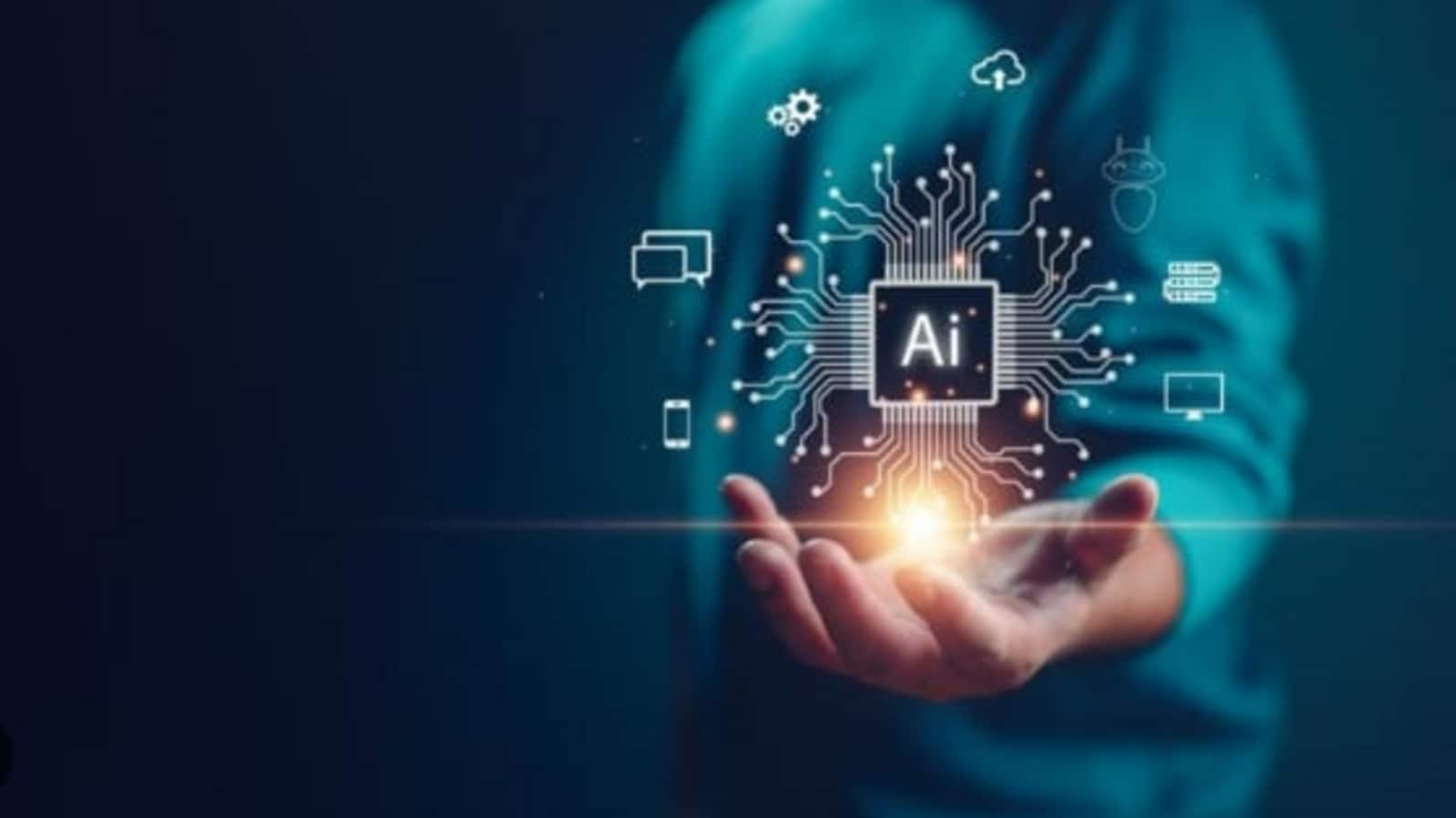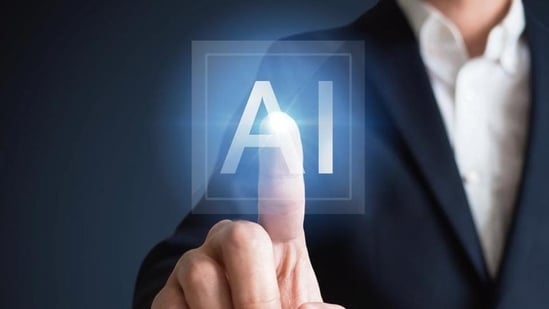Optical Character Recognition (OCR) technology has significantly advanced data extraction by converting printed text into machine-readable formats. From historical manuscripts to contemporary administrative documents, OCR has streamlined tasks across various sectors. Despite its widespread use, OCR accuracy remains a challenge, especially when dealing with complex layouts, handwritten text, low-quality images, and diverse font styles. The integration of Artificial Intelligence (AI) with OCR technology has the potential to revolutionise the field by addressing these limitations and achieving unprecedented levels of accuracy.

The traditional OCR technology has progressed markedly, especially in the sphere of banking, healthcare, logistics, etc. However, it still faces several challenges. For instance, it requires help with handwriting, particularly due to the wide variety of styles and legibility, often leading to misinterpretation. Complex document layouts, such as those with multiple columns or mixed content, can confuse OCR systems, resulting in inaccurate extraction. Additionally, low-resolution or poor-quality images can distort characters, further reducing accuracy. OCR also needs help processing multilingual documents or those with non-standard fonts, which limits its effectiveness in diverse, global contexts.
Machine learning technology, has been advancing the capabilities of OCR in addressing these challenges. Having trained on large amounts of data, AI-enabled OCR solutions can enhance recognition performance, adjust to new typefaces, and manage various kinds of documents. And this is why AI is making these advances possible:
● Traditional OCR struggles with handwritten text, but AI’s deep learning models—like recurrent neural networks (RNNs) and convolutional neural networks (CNNs)—excel in recognising diverse handwriting styles. These AI models learn to identify patterns and context within the text, making it possible for OCR systems to accurately transcribe even complex handwritten documents, which is particularly beneficial in healthcare (prescriptions) and education (handwritten assignments).
● The output of OCR is generally highly dependent on the input image quality. AI can improve image preprocessing through approaches such as super-resolution or denoising, especially for scanned or photographed documents. This means that OCR systems can operate with clearer images thereby improving text extraction accuracy. This would be a great improvement in areas such as logistics where the common operation involves scanning receipts and shipping labels to cut errors that would be introduced by scanning low-quality images.
● Traditional optical character recognition systems begin to fail when they are faced with complex structured documents, such as academic journals, financial statements, or legal documents. AI can interpret spatial relationships – the relationships between elements, such as headings, tables, and paragraphs, which means AI-based OCR will be able to smartly extract text from complex documents while distinguishing between sectioning and maintaining accurate formatting for the data. This will simplify data extraction in fields that rely on complex document structures.
● NLP and transfer learning ability are currently improving the capabilities of OCR to recognise many languages, fonts, and character sets in one document, a feature extremely valuable for global organisations or industries that manage multilingual content, such as international finance, travel, and customer service. AI-enabled OCR systems will easily switch between different languages, such as English, Arabic, and Chinese, and recognise diverse fonts with higher accuracy.
With AI improvement in OCR technology, its use will be more powerful and widespread in all sectors. The industrial significance of AI-powered OCR techniques is immense owing to their vast potential in automating document processing workflows. In the field of health care, it will foster in digitising handwritten medical records, prescriptions, and reports thereby minimising the chances of errors made and as a result improving the quality of care extended to patients. In the legal profession, OCR will facilitate the rapid digitisation of contracts, court papers, and case files leading to higher productivity. In finance, it will do the tedious work of fetching the information contained in various documents such as invoices, receipts, and bank statements, which enhances reporting and compliance. In the area of logistics, OCR will enable the electronic conversion of shipping labels, invoices, and customs documents for better supply chain management.
India, with its diverse languages, historical documents, and burgeoning digital landscape, stands to benefit immensely from the advancements in AI-OCR. As AI-OCR technology matures, it will empower Indian businesses to digitise their vast archives, automate administrative tasks, and improve operational efficiency across various sectors. Down the line, by embracing this transformative technology, India can leapfrog into the digital age and grasp new opportunities for growth and development.
This article is authored by Tashwinder Singh, CEO and MD, Niyogin Fintech Limited.







